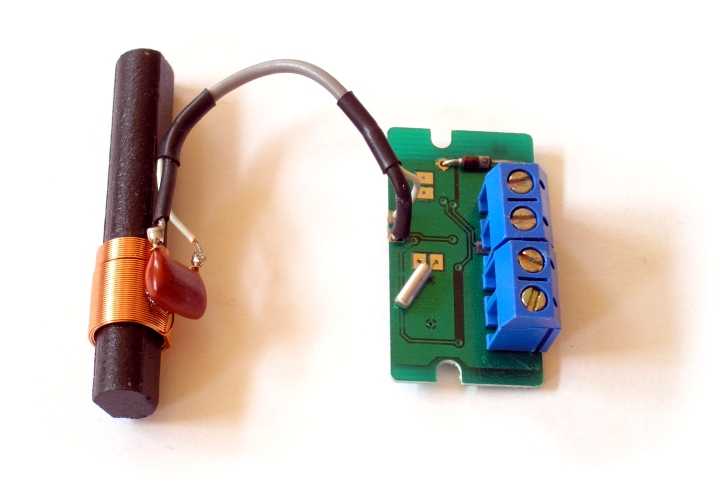Robert_
Newbie level 3

Hello,
I'd like to make an antenna for the 162 KHz frequency. Do you have some tips to design it ? I have never done that before.
I have a ferrite rod 10mm diameter 100mm long. Is it better to maximise the inductive part or the coupled capacitor ?
Thank you
Bob
I'd like to make an antenna for the 162 KHz frequency. Do you have some tips to design it ? I have never done that before.
I have a ferrite rod 10mm diameter 100mm long. Is it better to maximise the inductive part or the coupled capacitor ?
Thank you
Bob


